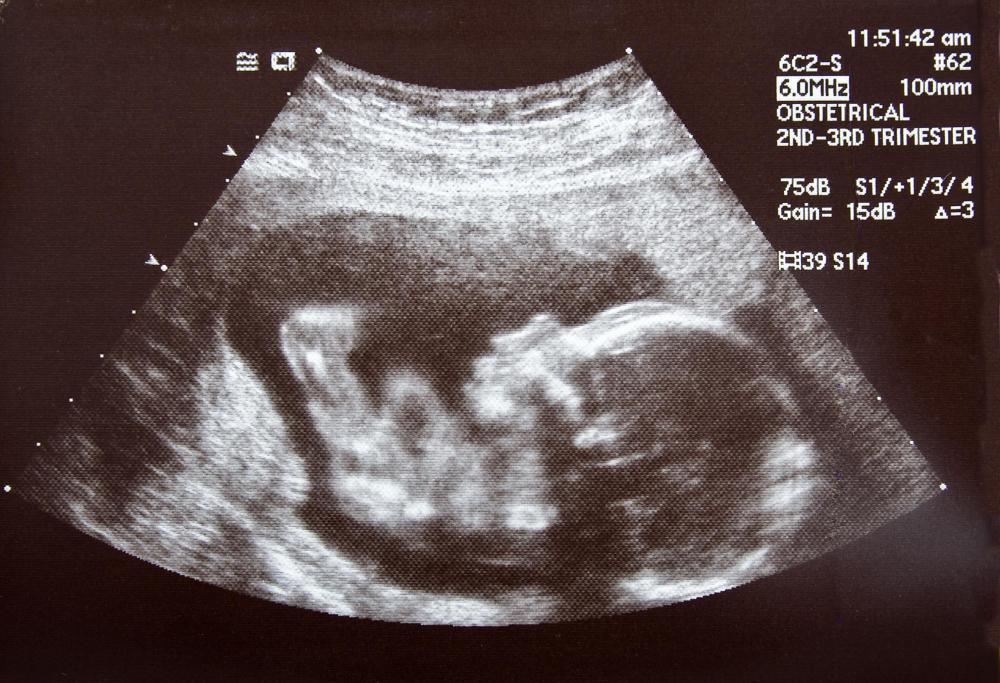At WiseGEEK, we're committed to delivering accurate, trustworthy information. Our expert-authored content is rigorously fact-checked and sourced from credible authorities. Discover how we uphold the highest standards in providing you with reliable knowledge.
What is Fetal Circulation?
The term “fetal circulation” is used to refer to the movement of blood through a developing fetus. Because the developing fetus gets oxygen through the mother's blood supply, rather than by breathing, there are a number of things about fetal circulation which are special, to allow the fetus to get the oxygen needed to thrive while also laying the groundwork for the day when the baby will be born. Once born, the baby has to adapt immediately to getting oxygen through the lungs, requiring a radical shift in the circulatory system.
Fetal and maternal blood supplies are entirely separate. The fetus is supplied with oxygen and nutrients through the placenta, with the fetus exchanging waste products for expression through the mother's bloodstream in exchange for needed oxygen and nutrition. Oxygenation of the blood occurs as oxygen depleted blood moves through the placenta, picking up oxygen from the mother's blood supply. The oxygenated blood moves through the fetal liver and heart, traveling through the fetal circulation system and reemerging to collect more oxygen from the placenta while dropping off waste products.

Several shunts, the ductus venosus, ductus arteriosus, and foramen ovale, are used to move blood around the fetus while bypassing certain parts of the circulatory system because they are not developed yet. In particular, the pulmonary circulation is kept low to protect the lungs. When the infant emerges and takes his or her first breath, the circulatory system adapts to the change of environment, with changes in pressure occurring within the circulatory system to close off the shunts used to reroute blood.
During the weeks after delivery, the adaptations in the circulatory system designed for fetal circulation gradually close up. In some cases, this fails to occur, and the baby experiences health problems. In persistent fetal circulation, also known as persistent pulmonary hypertension, the shunt which keeps blood out of the lungs remains open, and the lungs do not receive enough blood. Supplemental oxygen is used in these cases to prevent damage caused by low oxygenation while the baby has a chance to develop so that the circulatory system can do the work without help.
Complications can sometimes happen with the circulatory system in a newborn as a result of prolonged labor, congenital abnormalities, or difficulty breathing immediately after birth. These problems are usually evident because the baby can become cyanotic, with blue-tinged fingers, lips, and toes, as a result of poor circulation.
AS FEATURED ON:
AS FEATURED ON:











Discussion Comments
@Kat919 - I'm not 100% sure, but I think that's the increase just for the mom! The baby's blood is additional. A pregnant woman needs extra blood volume to support her expanding uterus, breast tissue, even her muscles (which are under extra strain). Having more blood volume also protects mom in case of blood loss during childbirth.
Here's something I'm confused about. The article says that the maternal blood supply and the fetal blood supply are "entirely separate." But I know that when you're pregnant, your blood volume increases something like 50% by the middle of your second trimester.
So does that increase include the blood supply for the baby? Or does mom just have a lot more blood in her own circulatory system?
Post your comments